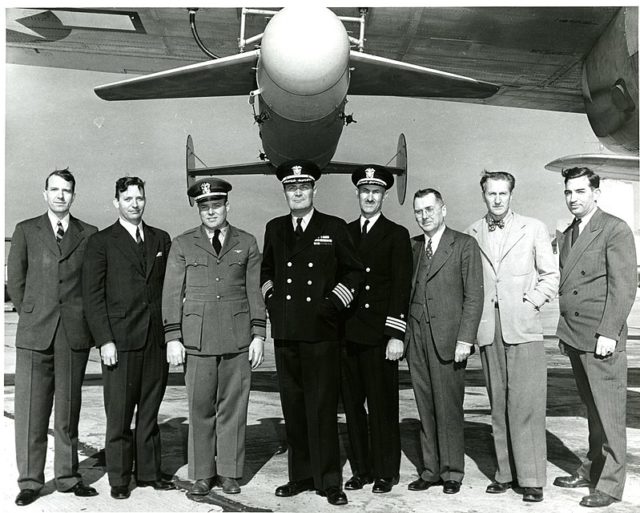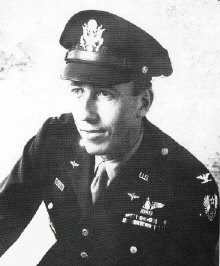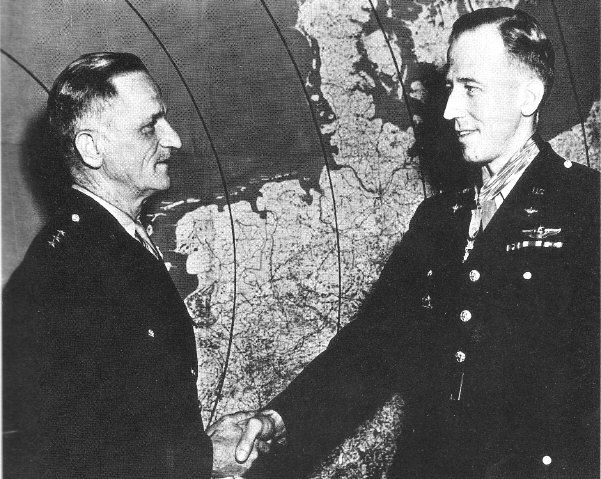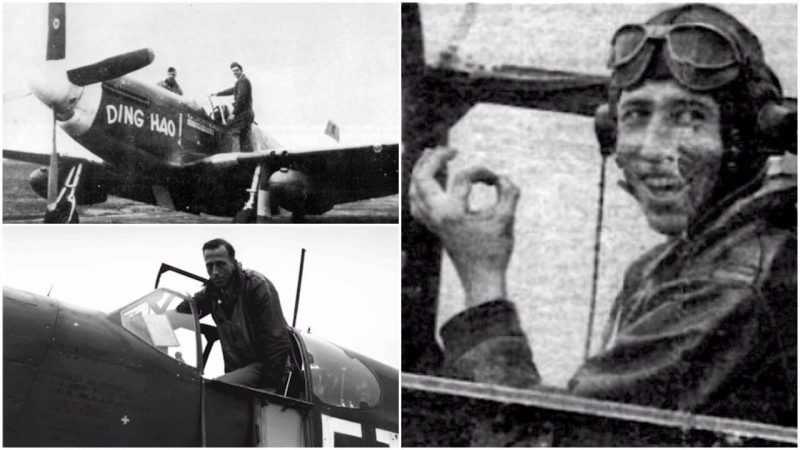For millennia, the battlefields and high seas were at the center of war, but this changed during the Great War, when the “fighter” airplanes hit the peaceful skies and forever changed the nature of warfare. Although airplanes were primarily involved in observational missions at the beginning of the war, they soon grew in size and sophistication. By the end of the war, fighter airplanes proved to be crucial to every major participant.
The struggle for control of the air continued in World War II, but this time aircraft design and performance saw rapid and drastic changes. Strategic bombing of military targets and major cities would bring a level of destruction never seen before in the history of warfare and would become one of the main reasons for Germany’s defeat.
Everything would be different if the United States hadn’t entered and put an end to the deadliest conflict in human history. The country manufactured nearly 300,000 aircraft during World War II, which made the United States Air Force a dominant power up in the skies.
“With scouts before and bombers galore, nothing can stop the U.S. Air Force!” One would say that these lines are just a morale-boosting song, but the fact is that there was indeed nothing that could stop the U.S. Air Force during World War II, and the story of James Howell Howard is the ultimate proof for this claim.

When it comes to the battle of the skies during World War I,I this particular man and his Mustang proved to be a true nightmare for the Japanese and especially for the Germans. He was the one and only fighter pilot in the European Theater to be awarded the Medal of Honor and there was a pretty good reason why.
James Howell Howard was born on April 13, 1913, into an American family in Canton, China, where he spent the first 14 years of his life, before he and his family eventually returned to the United States.
Upon graduating from high school, it was clear as the blue sky that the young man would follow in his father’s footsteps and one day become a doctor. But being a doctor didn’t seem to be as exciting as Howard hoped it would be, so he decided to become a Naval Aviator.
He earned his wings about a year after he began training at NAS Pensacola in 1938 and was soon assigned to the Big E, the USS Enterprise (CV-6) in Pearl Harbor. He quickly became one of the best naval aviators and was about to receive a commission in the Navy, but he turned it down, saying to his superiors that he saw the Navy simply as an adventure and nothing more.

By this time, World War II was already raging in every corner of our planet, and Howard decided that he needed a new challenge, so he resigned from the Navy and answered the call to volunteer for the Flying Tigers. He took part in 56 combat missions, destroying six Japanese planes.
His success with the Flying Tigers brought him the position of squadron commander, but in July 1942 he left the unit and returned to the United States, where he joined the United States Army Air Corps. The real adventure he was hoping to experience all these years was about to begin.
He was soon promoted to major and was put in command of the 356th Fighter Squadron (a part of the 354th Group) in England. Major James Howard and the 354th Group took part in several escort missions during the later part of 1943, but the event that took place on January 11, 1944, made Howard a war hero and brought him the Medal of Honor.
That day the B-17Gs of the 401st Bomb Group were returning from a mission when they were suddenly attacked by a great number of German fighters. Things were not looking good for the B-17 Flying Fortress crewmen, but their luck surprisingly changed when they spotted a single P-51 chasing off German fighters. Yes, it was James Howard!

For half an hour he battled 30 German Luftwaffe fighter planes deep into enemy territory, destroying at least six of them and saving countless bombers. The B-17 Flying Fortress crewmen simply couldn’t believe that someone would be brave enough to perform what the unknown pilot did during the long 30 minutes. All they could do was to cheer their savior and hope for the best.
Related story from us: Timing is everything: World War II watches on the big screen
About a week later, Howard explained the incredible event in detail and became a war hero. About a month later he was promoted to lieutenant colonel and by June the same year received the Medal of Honor, thus becoming the only fighter pilot in the European theater to be awarded the highest and most prestigious award for valor in action in the Armed Services of the United States.
